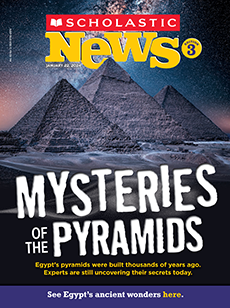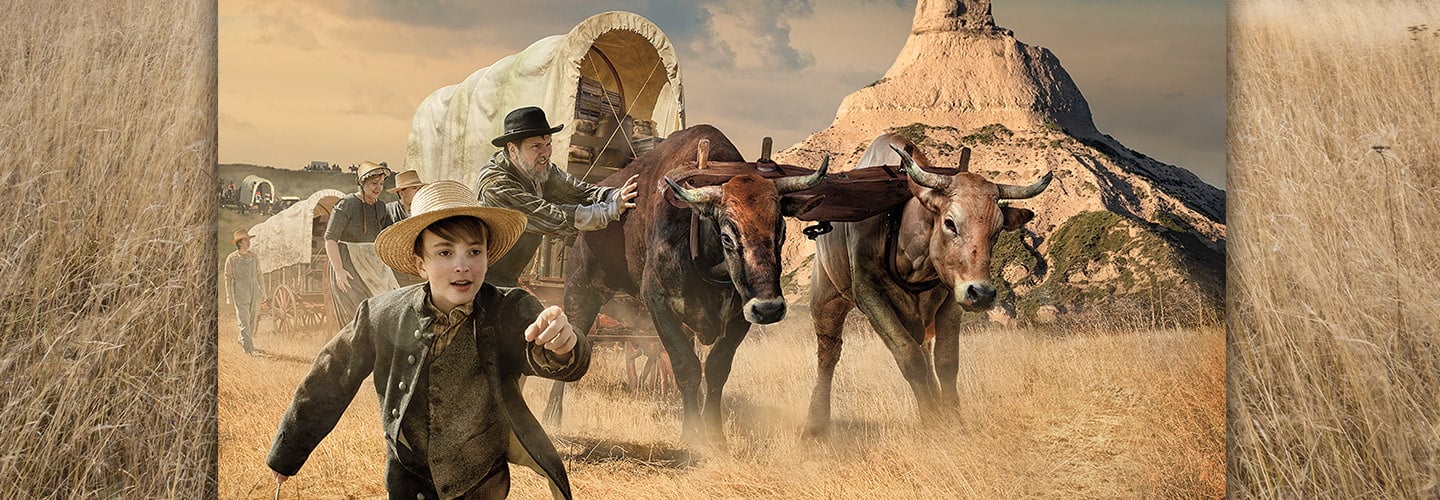Imagine packing everything you own into a wagon. Then you will walk nearly 2,000 miles to find a new home. Starting in 1843, tens of thousands of Americans did just that. They migrated west. The pathway they took became known as the Oregon Trail.
Last spring, students in Kearney, Nebraska, got a hint of what life was like for those pioneers. Fourth-graders at Central Elementary School decorated shopping carts to look like covered wagons. Then they spent a day working in groups to push their “wagons.” They walked nearly 3 miles along their own version of the trail.
“The Oregon Trail is a big part of our state history,” says teacher Troy Saulsbury. He’s been leading the project every year for about 15 years.
Imagine packing everything you own into a wagon. Then you will walk nearly 2,000 miles. The reason? To find a new home. Starting in 1843, thousands of Americans did just that. They migrated west. The path they took became known as the Oregon Trail.
Last spring, students in Kearney, Nebraska, learned about what life was like for those pioneers. Fourth-graders at Central Elementary School decorated shopping carts to look like covered wagons. Then they pushed their “wagons” in groups. They walked nearly 3 miles. They did this along their own version of the trail.
“The Oregon Trail is a big part of our state history,” says teacher Troy Saulsbury. He’s led the project every year for about 15 years.

